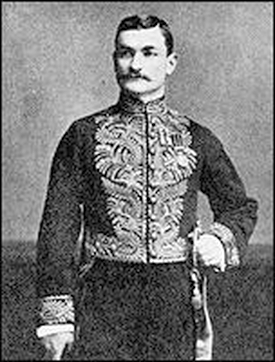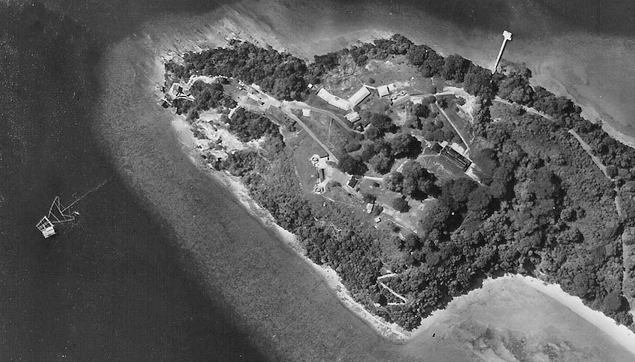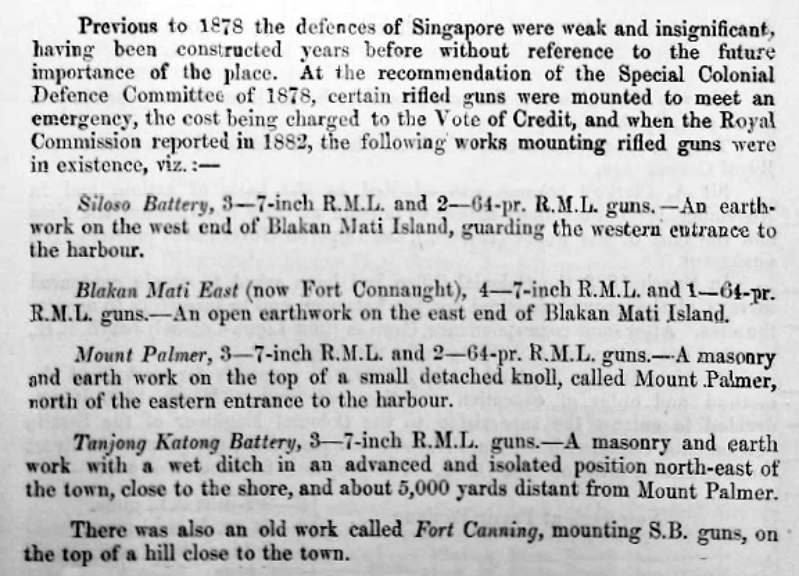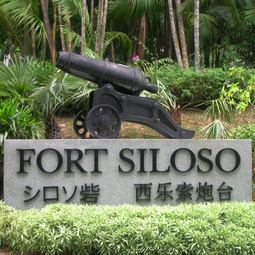Fort Siloso — Front Page
Last Updated : 11 November 2025


Henry Edward McCallum
1852-1919

Fort Siloso
1950
The ‘Straits Times Overland’ reported on 15 March 1879:
Work had started on Fort Siloso. A coast battery destined to see action in the Second World War, and to be the last active coast battery in Singapore.
The Importance of Fort Siloso

From: Report on defences of British coaling stations
abroad and of Colonial and Indian defended ports. 1894
 From when Singapore became a British colony in 1819, many gun batteries were built to defend its New Harbour (later Keppel Harbour) and the later 20th Century naval base from a seaborne attack. Most of these have been lost to development, but there are remains of some batteries still to be found. Only Fort Siloso has been restored and became Gazetted as a National Monument.
From when Singapore became a British colony in 1819, many gun batteries were built to defend its New Harbour (later Keppel Harbour) and the later 20th Century naval base from a seaborne attack. Most of these have been lost to development, but there are remains of some batteries still to be found. Only Fort Siloso has been restored and became Gazetted as a National Monument.
Of the remaining batteries, Mount Imbiah Battery is in very good condition. In Labrador Park are substantial remains of Fort Pasir Panjang and Batu Berlayar AMTB Battery. There are also some visible remains of Labrador Battery in the park. With the exception of Batu Berlayar Battery which is gated, these batteries are accessible to the public. There are, for the explorer, remains of several other batteries to be found on Singapore, but caution needs to be exercised when visiting them. Some are in very poor order, and can be hazardous to visitors. There may be more remaining than many people think, although some of these are in restricted areas, or otherwise inaccessible. Reference is made to some such areas in this website.
The word ‘Fort’ is something of a misnomer when applied to Siloso and other gun batteries in Singapore. Only Fort Tanjong Katong was built as a stand-alone defensible gun battery. This because of it's location, which was a little remote when it was constructed.
Visiting Fort Siloso
Admission to the fort is free. Inside the fort is the Surrender Chamber, in which are displays of the British Surrender in February 1942, and of the Japanese Surrender at City Hall in September 1945. Entry to the Surrender Chamber is free.
Fort Siloso in Google Street View